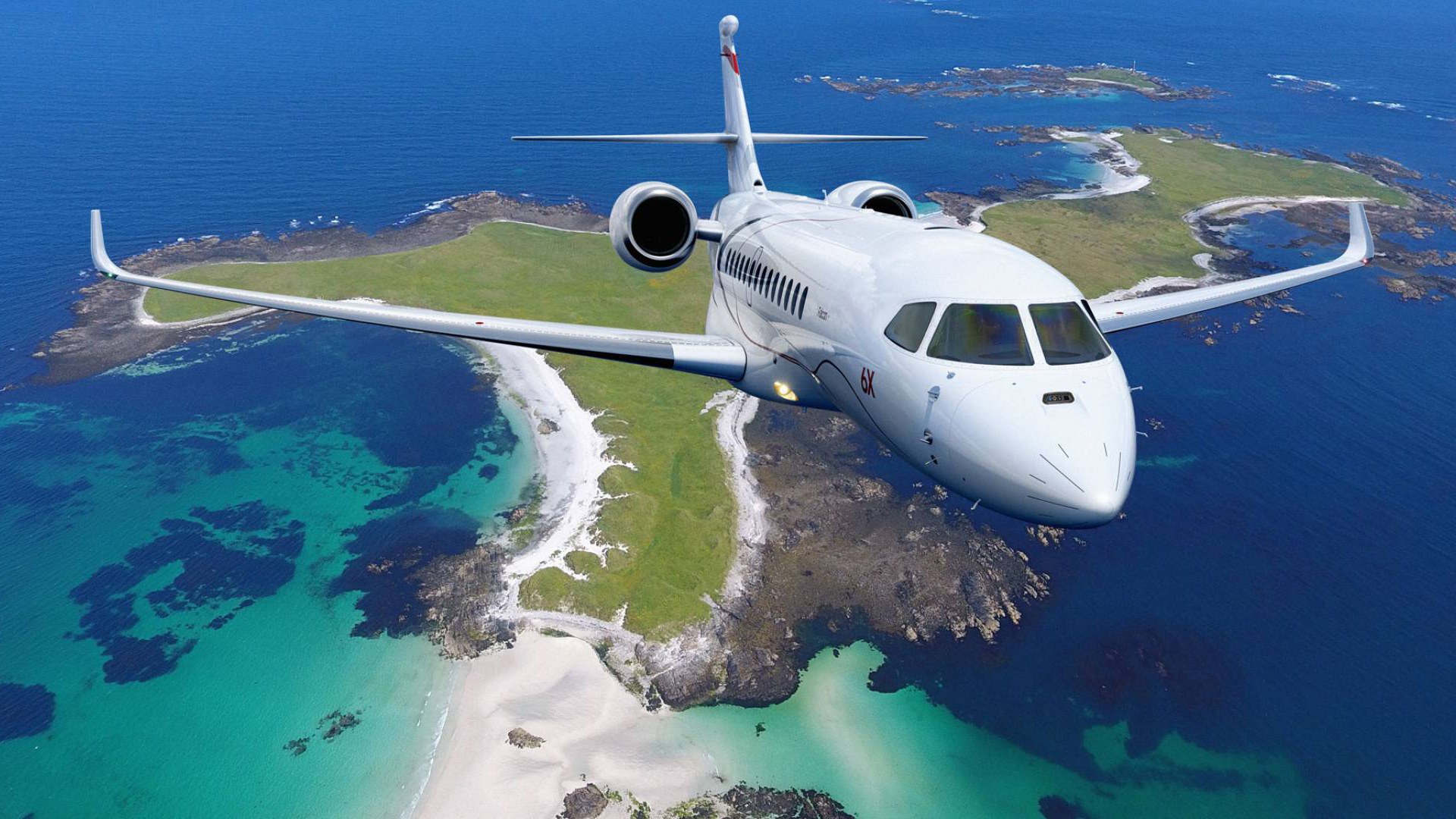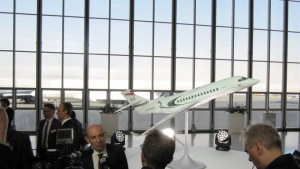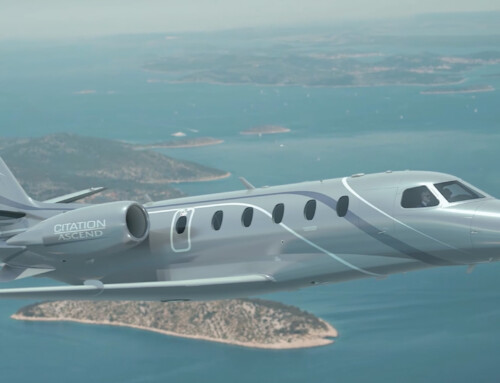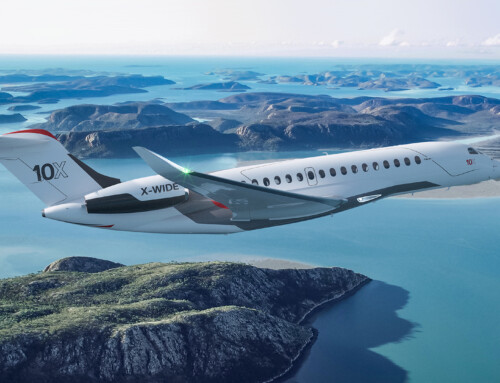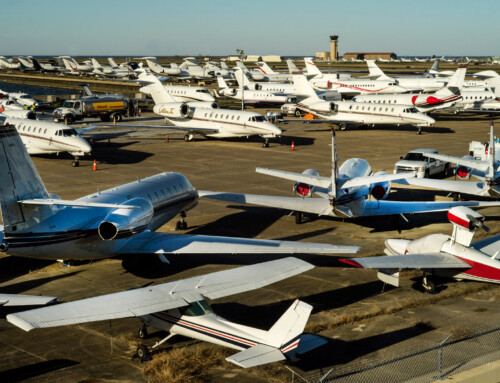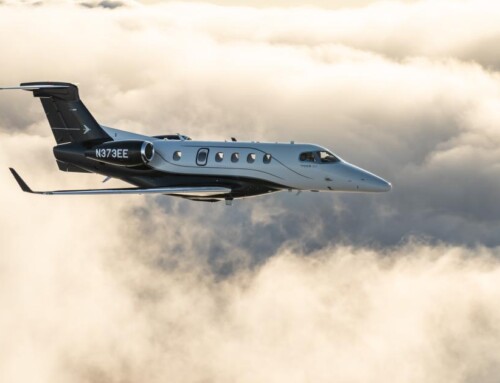Dassault has launched the $47 million Falcon 6X, as the replacement for the Falcon 5X that the company was obliged to cancel last year.
The Falcon 5X was officially canceled in December 2017 following continuing issues with the Snecma Silvercrest engines that were due to have powered it.
The Falcon 6X will instead use Pratt & Whitney Canada PW812D series engines, each capable of producing between 13,000 – 14,000lb of thrust.
Swapping to PW812D engines means that the aircraft will also be more fuel efficient than its abandoned predecessor, as well as being able to fly further. The Falcon 5X was projected to have a range of 5,200nm, but the Falcon 6X will be able to fly 5,500nm.
The cross-section from the 5X is reused but has been stretched by 20 inches. The structure of the wing has also been completely redesigned, with a new structural aerodynamics.
As with most other Falcon aircraft, the 6X will be able to use steep approach paths and short runways, including those at Aspen and London City airports.
Falcon 6X—Industry Leading Cabin Space
The Falcon 6X is due to fly for the first time early in 2021, with certification and first delivery in 2022.
Source: CORPORATEJETINVESTOR and DASSAULTFALCON

 Hawker-Beechcraft Hawker 400XP
Hawker-Beechcraft Hawker 400XP Cessna Citation V
Cessna Citation V Beechcraft Premier IA
Beechcraft Premier IA Beechcraft King Air 350
Beechcraft King Air 350



